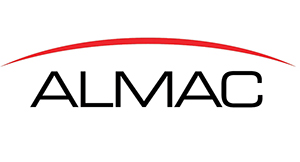As the market sees the introduction of more generics, biologics and personalised medicines, packaging suppliers are having to adapt to providing more niche and complex packaging concepts and filling equipment. In some respects this is driving growth. A recent report by Life Science Industry Research on pharmaceutical product containers (bottles, vials, blister packs, etc.), for example, forecasts that this global packaging market will grow at a CAGR of 6.7% from 2013 to 2018, to reach a value of US$78.79bn.1 The report predicts market growth will be driven by the growing generics market and increased drug delivery innovation. Emerging geographies in Asia-Pacific, such as India and China, are expected to register maximum growth, due to increasing generic and contract manufacturing activities.
As most of the recent advances have been in biological therapies, which need to be injected, the fastest growth is likely to come from pre-fillable syringes and parenteral vials. Other areas of growth are expected to come from labels and accessories, blister packs and temperature-controlled packaging for medicines.

